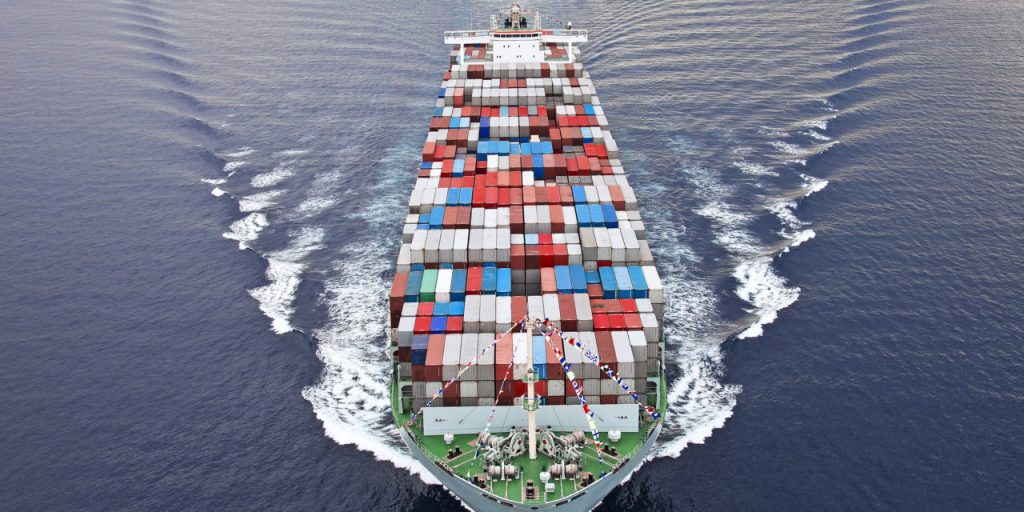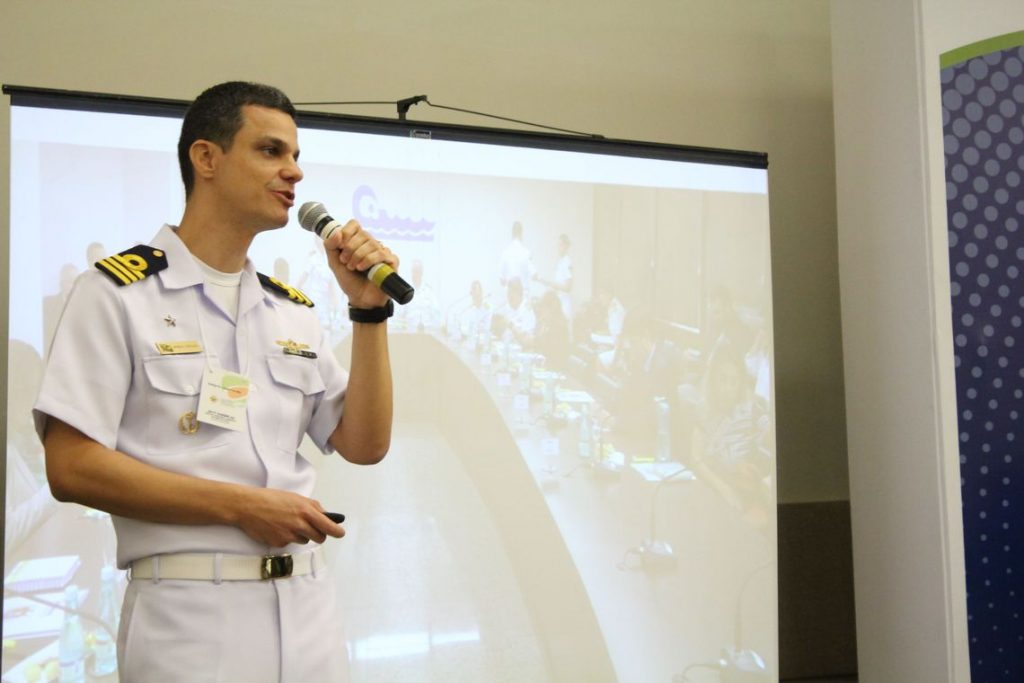By Richard Mann
RIO DE JANEIRO, BRAZIL – The coastline is a significant source of Brazil’s wealth and is home to half of the country’s population. The sea yields R$2 trillion (US$500 billion) revenue per year, the equivalent to 19 percent of the national Gross Domestic Product.

The estimate was released on Monday, June 24th, by the Interministerial Commission for the Resources of the Sea. Part of the 1st Regional Ministerial Conference of the Americas on Green Economy, the report defends the need to preserve marine resources to ensure sustainable development.
According to Navy Commander Carvalho, presenter of the commission’s report, the maritime economy, which he dubbed the “blue economy”, includes offshore oil and gas production, defense, the country’s 235 ports, maritime transport, marine industry, mineral extraction in addition to oil, tourism, fishing, festivals linked to the sea, and seafood gastronomy. “The Brazilian sea is buoyant. Today we are discussing a pension reform that would save R$1 trillion in ten years. We have R$2 trillion per year revenue in the sea,” he said.
The Blue Amazon
The government’s current main challenge, he said, is to extend the country’s marine area from 4.2 million to 5.7 million square kilometers.
He pointed out that at the end of last year, Brazil submitted to the United Nations the final part of studies showing that the area around Rio Grande, near the coast in Brazil’s South Region, is actually part of the Brazilian continental shelf. “As a result, the Brazilian maritime area will be larger than the Amazon. We have a Blue Amazon, and we need to preserve it,” he said.
Carvalho explained that the UN had not set a deadline for analyzing Brazil’s request. However, he said Brazil was the second country to submit continental shelf mapping to the UN–the first was Russia.

During the UN Ocean Conference in 2017, Brazil pledged to use marine resources for sustainable development. The country has committed itself to implement the Marine Spatial Planning by 2030, which will provide active management of the marine area and the enforcement of laws.
“The planning aims to guarantee the sovereignty, the shared and sustainable use of the marine environment and legal security for international investors to bring about sustainable development,” he said.
He added that the interministerial commission is engaged in combating marine pollution through the National Plan to Combat Maritime Litter. Moreover, at the end of last year, the government created environmental protection areas surrounding the islets of Trindade, São Pedro and São Paulo, increasing the Brazilian protected marine area by 23 percent.
The Interministerial Commission for the Resources of the Sea, established in 1974, comprises 15 ministries, with a plenary meeting every four months and technical meetings every month. .

